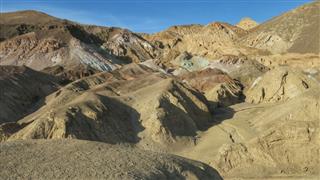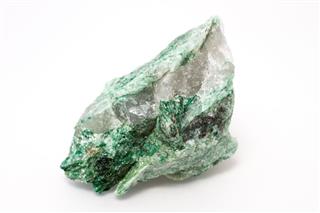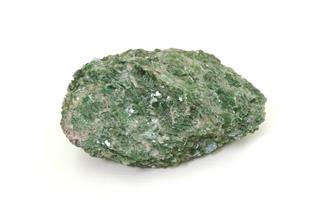
The mineral mica is abundantly used in items that you use everyday, like cosmetics and electrical appliances. This is because of the unique properties it possesses. We shall furnish the properties and uses of mica for your understanding.
The etymology of the word mica can be traced to the Latin word ‘mica’, which means a crumb , and it may also have been derived from another word ‘micare’, which means to glitter.
A mineral is an inorganic solid found in nature. It has a specific chemical formula, and is crystalline in structure. Mica is one such mineral, and it is a silicate mineral. It has traces of metals like potassium, iron, aluminum, and magnesium. It also has some water content in it.
Rock-forming mica (other than glauconite) can be divided into 2 groups:
Light-colored Mica:
- Muscovite
- paragonite
- lepidolite
Dark-colored Mica:
- biotite
- phlogopite
Here, we shall tell you about the properties and uses of the mineral mica.
Properties of Mica
Physical
Mica is translucent and optically flat. It displays basal cleavage, which means that it splits along planes parallel to the base. It can be beaten into thin sheets, and is colorless in this form. Mica resists deformation and compression, hence, it is elastic in nature.
Chemical
The mica group is a group of phyllosilicate minerals. Its atoms are arranged in a hexagonal manner. That is why it displays basal cleavage. All the minerals belonging to the mica group can be classified by the formula:
X2Y4-6Z8O20(OH, F)4
in which,
X is K, Na, or Ca. Rarely, it can also refer to Ba, Rb, or Cs;
Y is Al, Mg, or Fe. Rarely, it can also refer to Mn, Cr, Ti, Li, etc.;
Z mainly stands for Si or Al. Sometimes, it can also refer to Fe3+ or Ti.
The compound also contains water.
Note: If the X ion in mica is K or Na, then that mica is called common mica. If the X ion is Ca, then it is called brittle mica.
Except for acids like hydrofluoric or concentrated sulfuric acid, it is unperturbed to the action of other acids, bases, alkalies, common solvents, and oils. Water also does not cause any damage to it. It can also resist damage caused by most climatic conditions.
Electrical
Mica has great dielectric strength. Dielectric strength is the ability of a material to tolerate high voltage without breaking down. It has a low power loss factor. It is a good insulator, and has high electrical resistance.
Thermal
Mica can tolerate high temperatures. In the mica group, Muscovite and phlogopite are the varieties that can withstand high temperatures. Phlogopite can withstand temperatures up to 1000ºC, whereas Muscovite can tolerate up to 700ºC. Mica is also fireproof; it does not ignite. It has low heat conductivity.
Uses of Mica
Uses of Ground Mica
- Ground mica is used in gypsum wallboard as a wadding to remove its imperfections and enhance its work ability.
- It is used in paints to improve their quality and add shine.
- It is added to plastic products to strengthen their mechanical properties.
- It is added to rubber products like tires, as it can serve as an anti-sticking agent.
- Ground mica is added to make-up products like eyeliners, mascara, nail polish, lipstick, foundation, etc., as it can lend them luster.
Uses of Sheet Mica
Mica can be beaten into thin sheets. These sheets are useful in electrical appliances because of their dielectric, insulating, and heat-tolerating properties. They are used in:
- heating appliances like hot plates, soldering irons, etc.
- control devices like regulators, resistance boxes, pyrometers, etc.
- lighting equipment like neon lights, incandescent lamps, etc.
According to a 2005 report of the British Geological Survey, the largest deposits of mica in the world are present in the Koderma district in the Jharkhand state in India.


